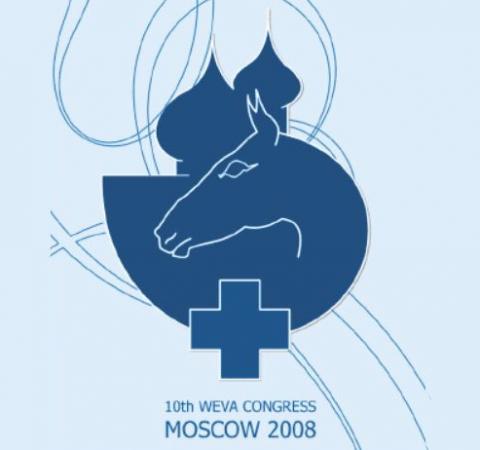Get access to all handy features included in the IVIS website
- Get unlimited access to books, proceedings and journals.
- Get access to a global catalogue of meetings, on-site and online courses, webinars and educational videos.
- Bookmark your favorite articles in My Library for future reading.
- Save future meetings and courses in My Calendar and My e-Learning.
- Ask authors questions and read what others have to say.
The Equine Sarcoid
Get access to all handy features included in the IVIS website
- Get unlimited access to books, proceedings and journals.
- Get access to a global catalogue of meetings, on-site and online courses, webinars and educational videos.
- Bookmark your favorite articles in My Library for future reading.
- Save future meetings and courses in My Calendar and My e-Learning.
- Ask authors questions and read what others have to say.
Read
Introduction:
The equine sarcoid is probably the commonest cutaneous tumour in horses. All 6 forms of the disease have a high propensity for recurrence and become more aggressive if subject to accidental or iatrogenic interference.
The disease affects all breeds of horse, mules, donkeys and zebra. There is some evidence that the thinner-skinned breeds such as the Arabian have a particular tendency towards the condition and others such as the Quarterhorse are less susceptible. Sex (geldings more commonly) and age (1-6 years) predilection have been proposed but recent studies suggest that there is no significant breed, sex or age predisposition. Furthermore, there is known to be a genetic basis for the disease. Several genetic lines have known predisposition but individuals within those lines may not get sarcoids at all while others may be severely affected. While this may superficially suggest that there is some heritable aspect of the disease it is very important to realize that there are other factors that need to be present for a particular animal to get the disease. It is easy to propose that horses with sarcoids should not be used for breeding but the genetic tendency to the disease probably exists in a far higher number of horses than actually show overt sarcoid skin disease. The suggested autosomal recessive gene responsible for imparting a susceptibility to the condition influences the severity and recurrence of the disorder in an individual.
Realistically therefore we are not in any position at this time to advise that affected horses should not be used for breeding but I think it is reasonable to try to exert breeding pressure against the disease by avoiding the breeding of two affected horses.
Notwithstanding the genetic susceptibility, I believe that no horse can be considered to be totally exempt from the condition except the few that self cure completely spontaneously.
Sarcoids commonly multiply on the individual horse; sometimes very rapidly while some others remain relatively, or even completely, static for years. Interestingly, a few individuals show spontaneous full and permanent self-cure and in my experience, spontaneous full remission (self- cure) usually means that the horse will not develop further lesions. In a few cases treatment of one lesion (or a few) has resulted in clinical improvement in others at other sites. However, the course of the condition is entirely unpredictable and it is probably unwise to assume that there are any invariable rules about the disorder: even the most benign-looking small lesion can erupt into a potentially catastrophic mass in a short time. [...]
Get access to all handy features included in the IVIS website
- Get unlimited access to books, proceedings and journals.
- Get access to a global catalogue of meetings, on-site and online courses, webinars and educational videos.
- Bookmark your favorite articles in My Library for future reading.
- Save future meetings and courses in My Calendar and My e-Learning.
- Ask authors questions and read what others have to say.




Comments (0)
Ask the author
0 comments